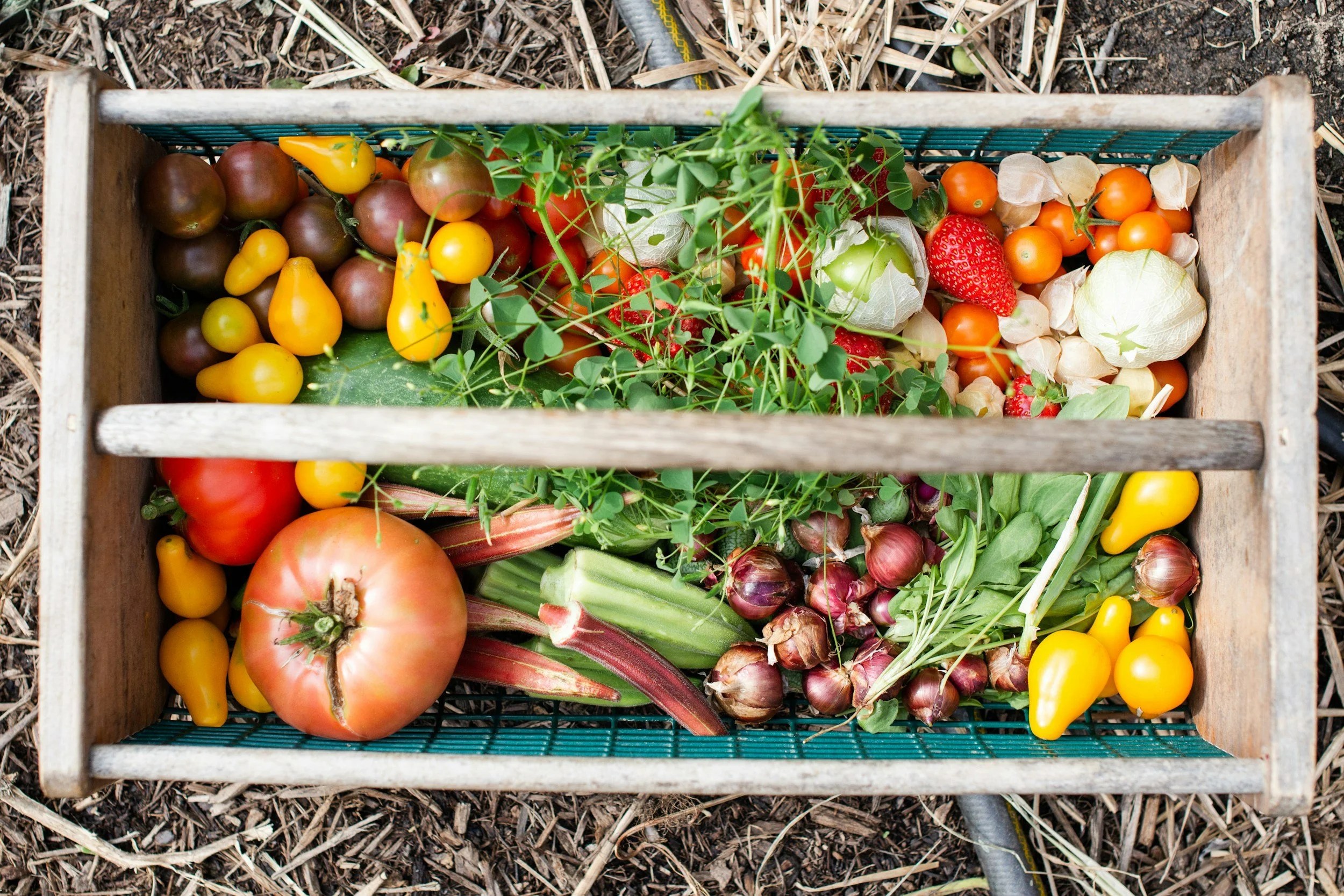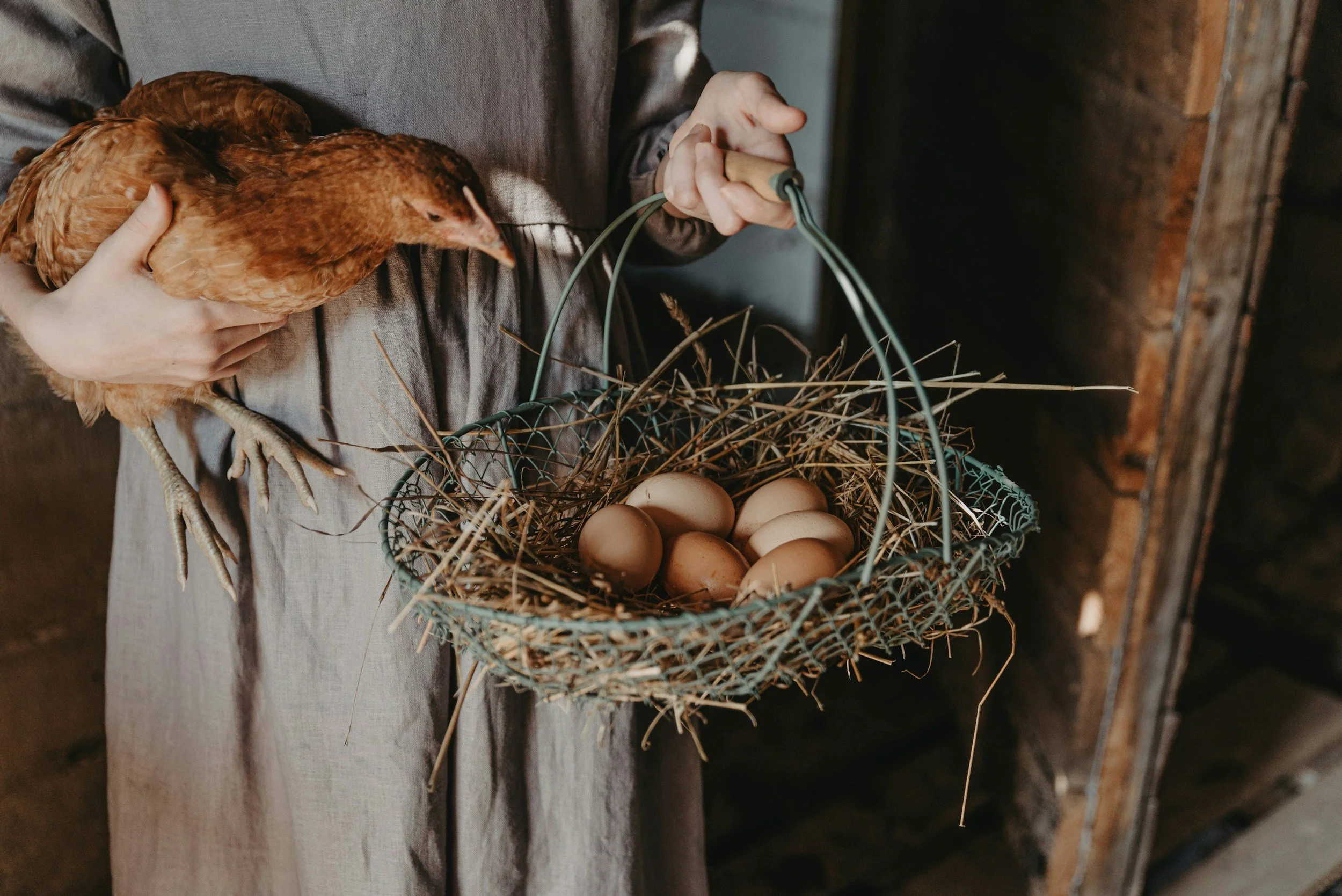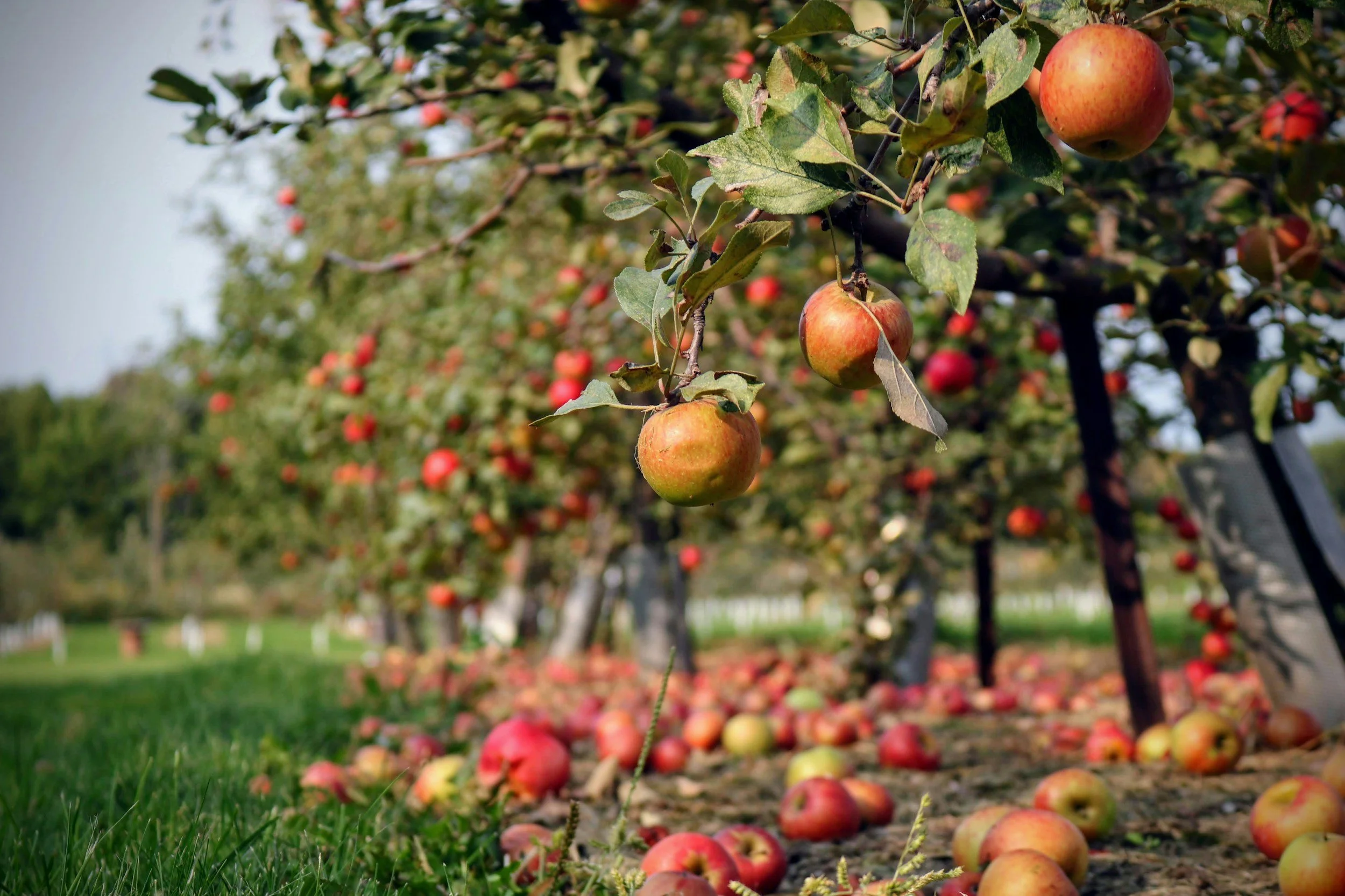Homesteading Ideas
Homesteading is becoming a lifestyle choice for families who want more independence, healthier food, and a deeper connection to their land. Whether you own one acre or several, you can start with simple, manageable projects that build real skills over time. The key is to create systems that reduce waste, increase food security, and make your property more productive each year. Even small steps can transform your daily routine and give you more control over your resources.
1. Start a Productive Garden
Gardening is one of the strongest entry points into homesteading because it immediately produces results and allows you to feed your family using your own land. With just a few raised beds or a small section of in ground soil, you can grow vegetables, herbs, and seasonal crops that cut grocery costs and create a more sustainable lifestyle. A well planned garden becomes the center of most homesteads because it provides consistent food, teaches soil management, and encourages long term planning as you learn which plants perform best in your area. Over time, your garden can expand into a larger system with compost, drip irrigation, and preserved harvests that support you year round.
Tips for a Strong Beginner Garden
Start with raised beds or container gardens.
Choose high yield vegetables like tomatoes, squash, greens, and beans.
Use compost to build soil health over time.
Add mulch to keep the soil cool and reduce watering needs.
2. Raise Small Livestock for Fresh Food
Small livestock are a practical way to produce fresh, reliable food even on limited land. Animals like chickens, rabbits, goats, and ducks can fit easily into small homestead setups and provide eggs, meat, milk, and natural fertilizers that improve the entire property. Raising animals teaches responsibility, planning, and resource management because you must consider shelter, feed, rotation, and long term care. Even a small flock or a pair of animals can dramatically increase your food supply, and many families find that livestock quickly becomes one of the most rewarding parts of the homesteading lifestyle.
Best Animals for Beginner Homesteaders
Chickens: Eggs, compost material, pest control.
Rabbits: Meat, manure for gardens, quiet and clean.
Ducks: Eggs, natural pest control around garden beds.
Dwarf Goats: Milk production and brush clearing, depending on your county rules.
3. Learn How to Compost and Reduce Waste
Composting is one of the simplest yet most powerful homesteading systems because it turns everyday waste into valuable soil that improves your garden and reduces your reliance on store bought fertilizers. When you compost kitchen scraps, yard debris, and animal bedding, you create a natural cycle where nutrients return to the land instead of going to the landfill. A healthy compost system saves money, strengthens plant growth, and helps you maintain a productive homestead without chemicals. Over time, you will see your soil become richer, easier to work with, and more capable of supporting larger harvests.
Simple Composting Ideas
Build a pallet bin or use a store bought compost tumbler.
Mix greens (food scraps) with browns (leaves, straw) for balance.
Turn the pile weekly to add oxygen and speed up decomposition.
Use finished compost in garden beds, orchards, and around berry plants.
4. Plant Fruit Trees and Perennials
Fruit trees and perennial plants are essential for long term homesteading because they come back year after year with very little effort. Once planted, they continue to grow, produce food, and increase the value of your property. Even small homesteads can support apple, peach, or plum trees, and many families add berry bushes, herbs, and edible shrubs to create a layered system of renewable food sources. Perennials reduce long term workload because they do not need to be replanted every season, and they add diversity to your overall food production. This is one of the best ways to prepare for the future while improving your land each year.
Perennial Ideas for a Beginner Homestead
Apple, peach, plum, or apricot trees.
Blackberry, raspberry, and strawberry patches.
Lavender, rosemary, sage, mint, and thyme.
Grape vines or hardy edible shrubs.
5. Build Simple Outdoor Systems
Strong outdoor systems make daily homestead tasks easier and more efficient. Simple setups like water storage, tool sheds, and firewood racks support the rest of your land by keeping everything organized and ready for everyday use. A well designed homestead uses small systems to support big results, because when storage areas, irrigation methods, and utility spaces are planned correctly, you spend less time fixing problems and more time working productively. These systems also make your land safer, cleaner, and more functional throughout every season, especially in rural areas where weather, access, and maintenance matter.
Helpful Homestead Systems
Rainwater barrels or water totes for garden irrigation.
A small tool shed for storage and organization.
A designated firewood area for heating or outdoor cooking.
A composting area near the garden for easy access.
6. Try Off Grid Skills on a Small Scale
Homesteading often overlaps with off grid living, but you can practice these skills long before you ever consider going fully off grid. Learning small scale skills like outdoor cooking, water hauling, solar power basics, and food preservation helps you build confidence and prepares your household for emergencies or extended outdoor living. These skills do not require a large budget or complex systems. Instead, they teach you how to rely on simple tools and practical methods that increase your independence. Over time, these small steps make you less dependent on external systems and more capable of managing your land in any situation.
Beginner Off Grid Skill Ideas
Cook with a cast iron pan over an outdoor fire.
Learn how to use a solar generator for basic power.
Practice water hauling or filtering for emergencies.
Try canning, dehydrating, or storing food long term.
7. Create a Homestead Layout That Grows With You
A strong layout is the backbone of a successful homestead because it determines how efficient your daily tasks will be. Mapping out your zones for gardening, livestock, storage, water, and outdoor systems helps you avoid wasted time and unnecessary work. A good layout also ensures your property can grow as your skills and goals expand. Many homesteaders build their land in phases, allowing their setup to evolve naturally instead of taking on too much at once. With a thoughtful plan, even one acre can support a wide range of homestead activities without feeling cramped or chaotic.
Areas to Include in a Good Homestead Layout
Living space
Garden zone
Orchard or perennial area
Livestock pens
Storage and utilities
Open space for future additions





